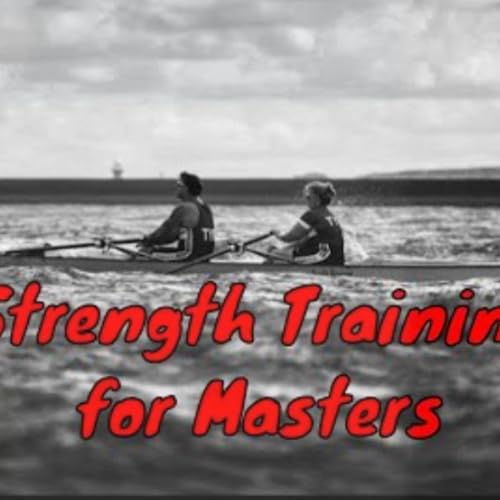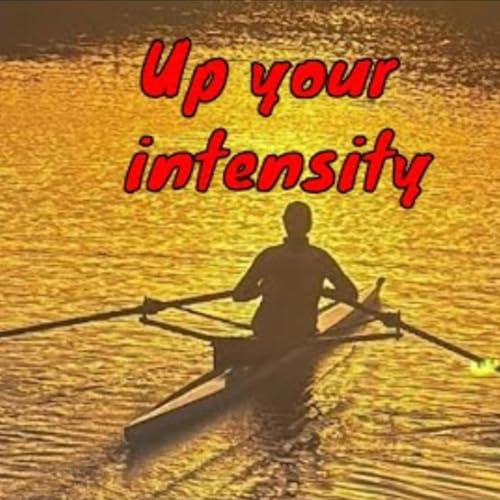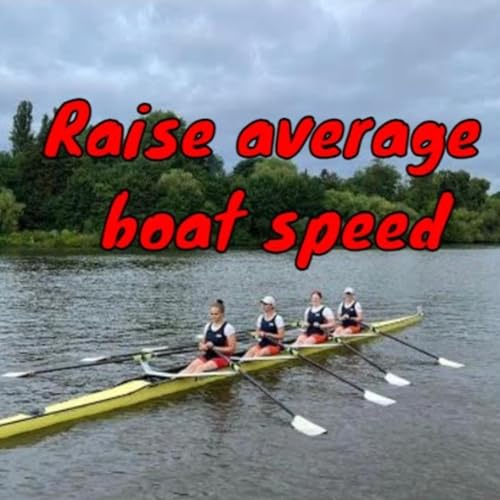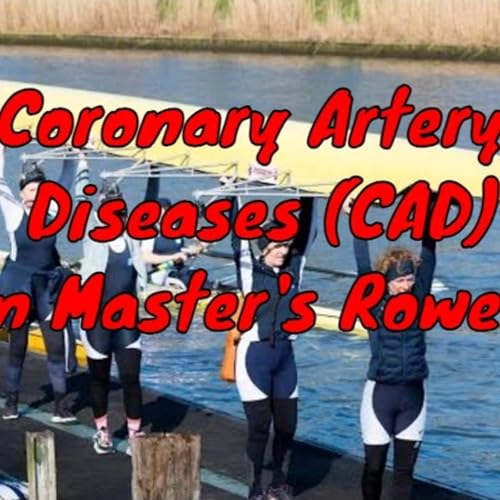Three more drills to learn sequentially which will improve your recovery. These will help fix balance issues. Timestamps 00:45 Finesse really helps in the recovery Crew alignment, bladework skills and body movement. The benefit is that the boat slows down less when you achieve these. The biggest gains in boat speed can be achieved here (assuming you aren't going to get much fitter/stronger). By keeping the same peak in the power but slow the boat down less on the recovery, the average speed of the boat each stroke will be higher, and you will go faster. Our teaching method: do one drill and then layer another drill on top of it - making it progressively harder. this allows you to build your skill and also crews of different ability can row together. 04:00 Skimming drill Understand the impact your hands and handle heights have on boat balance. On the recovery - let your oars run along the surface during the recovery. This teaches where the oar handles need to be relative to each other. The water is level - so your handles reflect the correct height during the power phase. In sculling this also helps to recognise the left hand over the right hand differential. Check the "nested" versus "stacked" hands demonstration at the crossover position. Then add progressively deeper tap downs on the recovery - 1 cm, 2 cm, 3, cm. Can you keep the boat level? It can be hard to keep your left hand higher than the right from half slide to the catch (the left hand is always higher than the right). 08:45 Pauses drills From hands away / body over / quarter slide. Advanced rowers can also pause at weight on the feet. This is explained in the drills compendium. Build on the skimming drill - now check your hands and body posture at different stages of the recovery. Watch the elbows of the person in front for timing. 10:15 Reverse ratio drill The idea here is to arrive at full compression with your blade already in the water. Time the movement so the blade placement is before you change direction on the seat. Go fast up the slide and then drift your oars through the power phase. This helps you to make handle movements fluid. Buy the Drills Compendium (24 drills and 3 bonus ebooks) https://fastermastersrowing.com/member-register/drills/ Want easy live streams like this? Instant broadcasts to Facebook, YouTube, LinkedIn. Faster Masters uses StreamYard: https://streamyard.com/pal/d/5694205242376192
続きを読む
一部表示
 2025/12/1429 分
2025/12/1429 分 2025/12/081 時間 4 分
2025/12/081 時間 4 分 2025/12/019 分
2025/12/019 分 2025/11/239 分
2025/11/239 分 2025/11/1710 分
2025/11/1710 分 29 分
29 分 2025/11/0214 分
2025/11/0214 分 2025/10/3013 分
2025/10/3013 分
